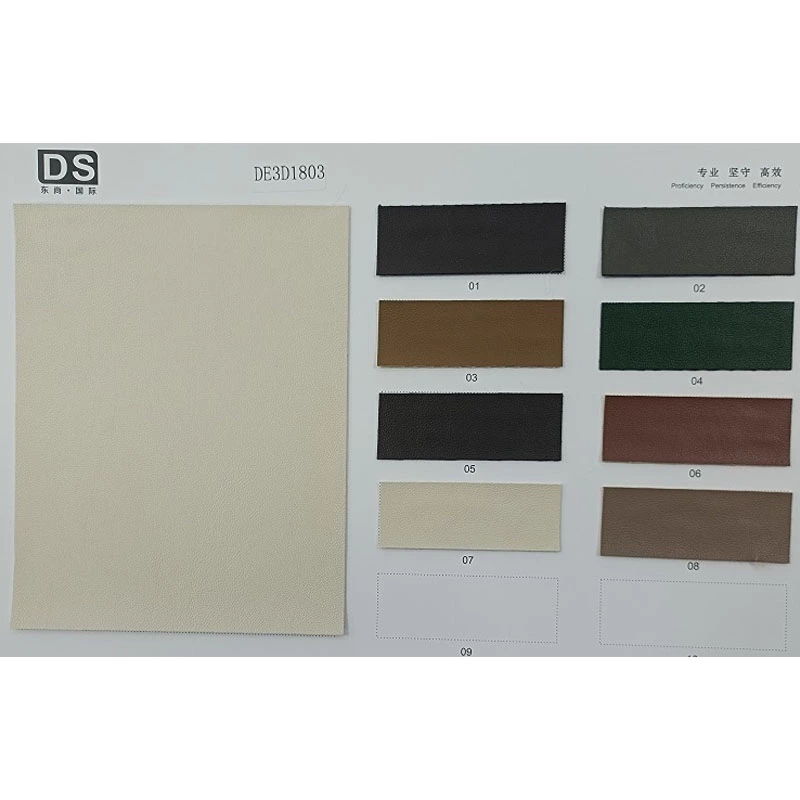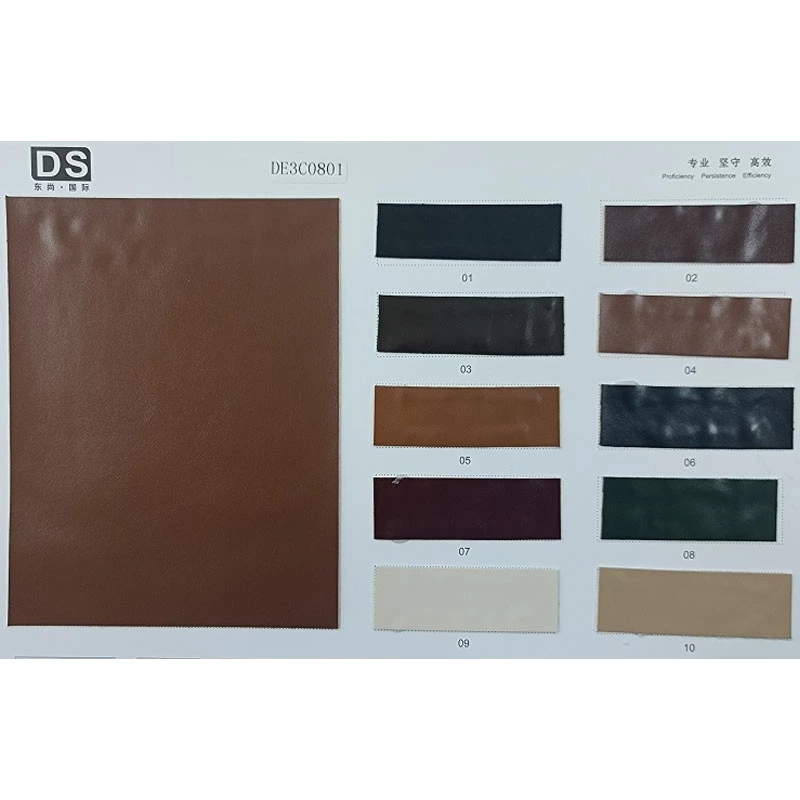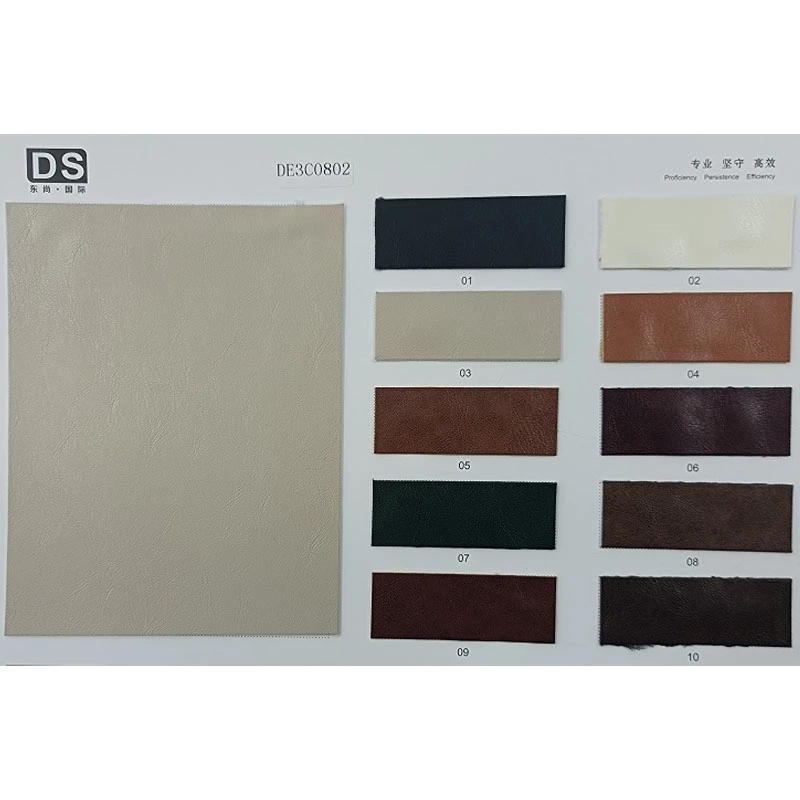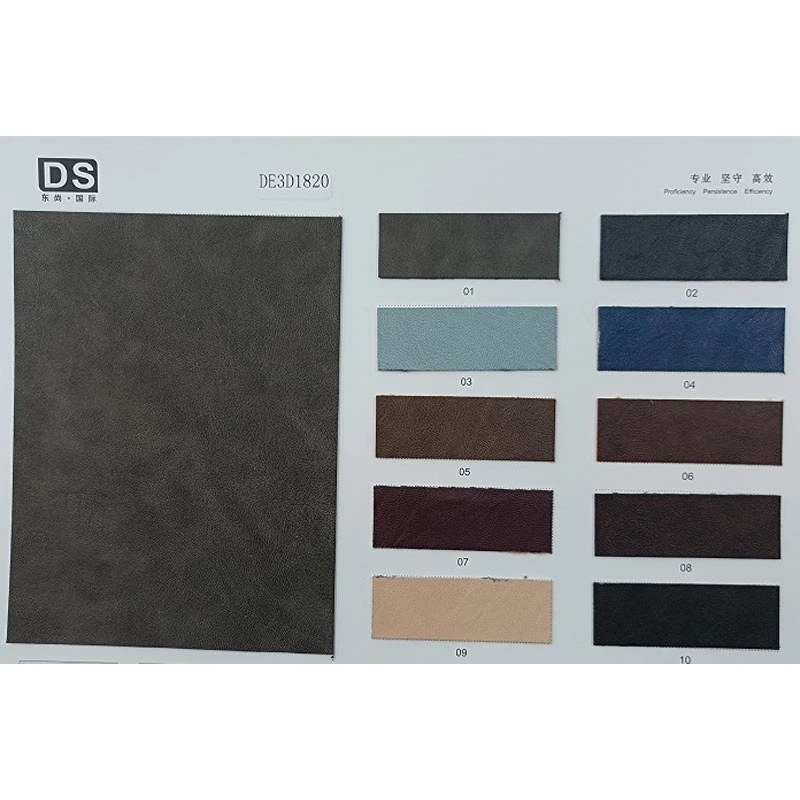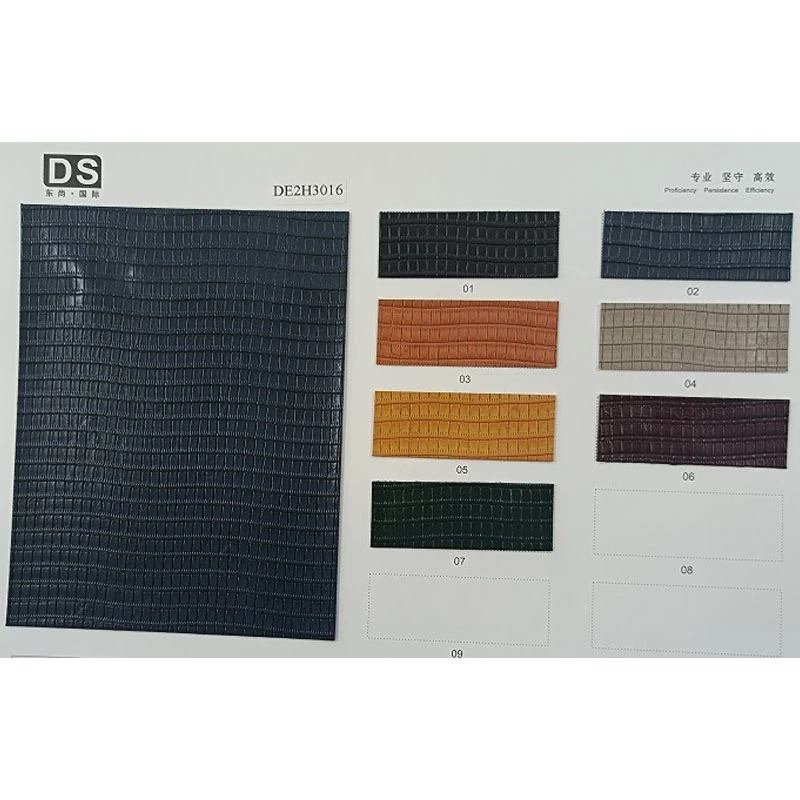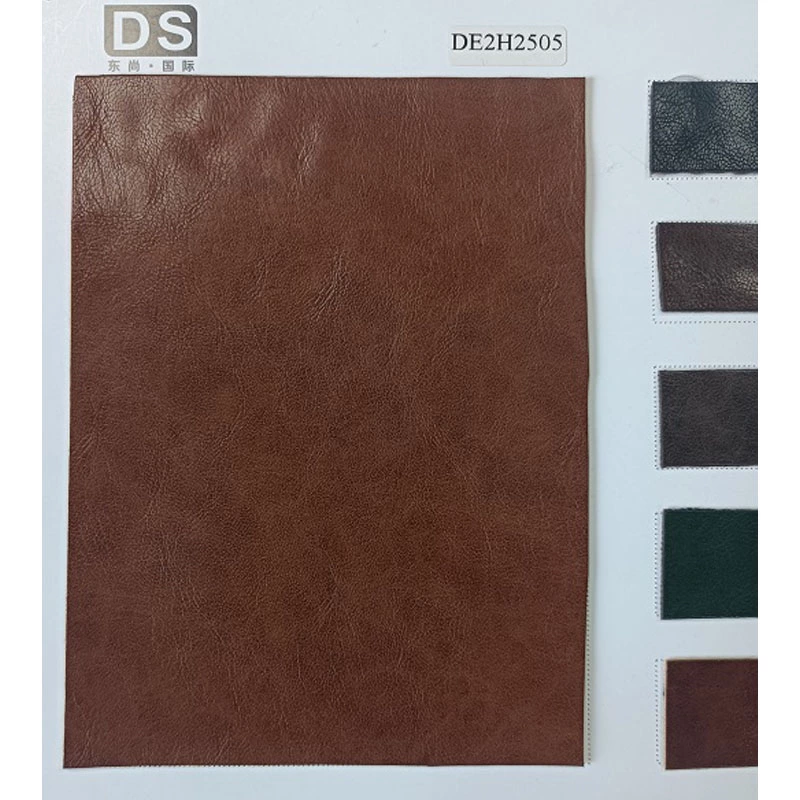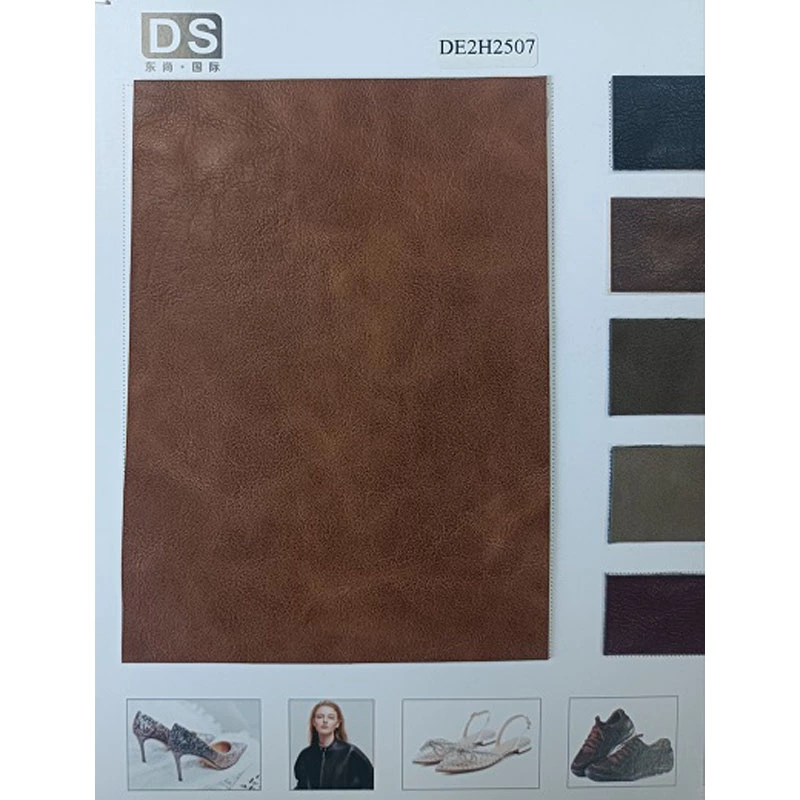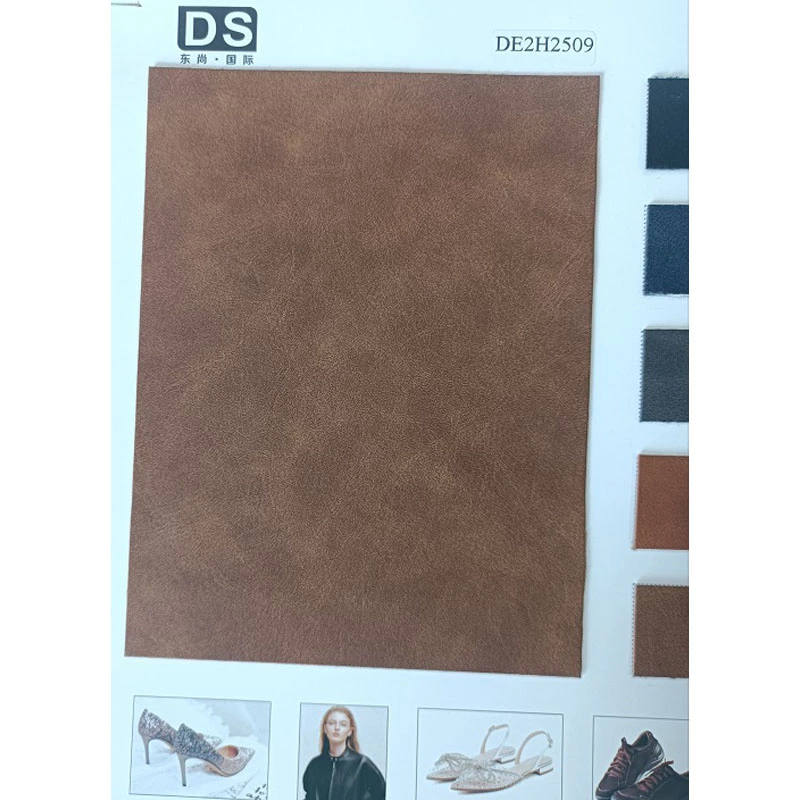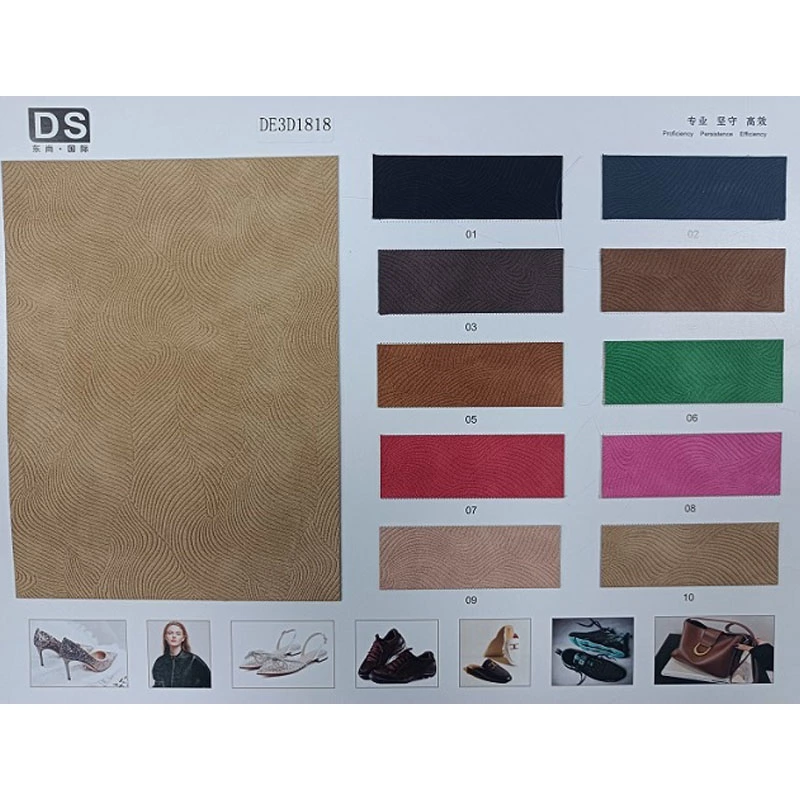Raw Leather Trade Has Dropped Significantly,the Drop Is Over 90%! Sources Say,china Is Still The Biggest Threat To The Local Market
The decline in US raw hide exports in May increased
According to the latest data from the Leather and Hide Council of America (LHCA), the decline in US raw hide exports increased slightly in May 2024.
From January to May 2024, the total export volume of fresh/wet-salted hides and wet-blue leathers from the United States was 11,170,016 pieces, a year-on-year decrease of 9.39%, and the export value was US$459 million, a year-on-year decrease of 5.11%.
Among them, the export volume of fresh/wet-salted hides from the United States was 9,373,534 pieces, a year-on-year decrease of 13%, and the export value was US$285.5 million, a year-on-year decrease of 15%.
China (excluding Hong Kong, China) is the main destination for fresh/wet-salted hides from the United States. From January to May 2024, China imported 6,159,695 pieces of such cowhides from the United States,
a year-on-year decrease of 13%, and the import value was US$184.4 million, a year-on-year decrease of 14%. Following China is Mexico, where imports fell 21% year-on-year to 1,048,866 pieces and 26% year-on-year to $30.86 million.
South Korea also saw a sharp decline in imports of fresh/wet-salted leather from the United States during this period, with imports falling 30% to only 740,684 pieces and imports falling 31% to $25.44 million.
Italy's imports of fresh/wet-salted leather from the United States fell 20% to 126,201 pieces and imports fell 12% to $3.6 million. The most serious decline in imports was in Turkey, where imports of such leather from the United States fell 86% to only 28,385 pieces and imports fell 90% year-on-year.
From January to May 2024, the total export volume of wet blue leather from the United States was 1,796,482 pieces and the export value was $174 million, up 19% and 18% year-on-year respectively.
Vietnam is the main destination for wet blue leather from the United States. During this period, the United States exported 579,460 pieces of wet blue leather from Vietnam, a year-on-year increase of 73%, and the export value was US$62.97 million, a year-on-year increase of 74%.
China followed closely behind, importing 415,830 pieces of wet blue leather from the United States, a year-on-year increase of 34%, and the import value was US$37.81 million, a year-on-year increase of 43%. Bangladesh also achieved strong growth in imports of wet blue leather from the United States,
The import volume increased by 180% year-on-year, and the import value increased by 183% to US$133,000.
In June, China PU Leather again posed a threat to the Brazilian footwear market
The Brazilian Footwear Association (Abicalçados) once again emphasized the threat posed by China in its latest report in June.
In June, Brazil exported 5.5 million pairs of shoes, a year-on-year decrease of 26.2%. The export volume of shoes in the first half of 2024 was 48.45 million pairs, a year-on-year decrease of 25.5%.
The main destination for Brazilian footwear is the United States, with exports to the US market in the first half of this year reaching 5.11 million pairs, down 3.8% year-on-year. Next is Argentina, where exports fell 41.1% to only 4.6 million pairs, and Paraguay, which fell 25% to 3.9 million pairs.
In June, total footwear imports amounted to 18.72 million pairs, up 11.4% year-on-year. The main source countries were Vietnam, which increased 57.8% year-on-year to 1.47 million pairs, and China, which increased 261% year-on-year to 705,000 pairs. 15b5be07f0225da7d430aed2fe0a78d.png
Abicalçados Executive Director Haroldo Ferreira said: "Foreign markets are not only unstable, but also flooded with Chinese footwear products, which poses a great threat to us. During this period, the fastest growth in Chinese footwear exports was in Latin American countries, with exports increasing by 19.8%. Latin America is our main destination, and the "Asian giant" China is devouring our market in the Latin American continent."
